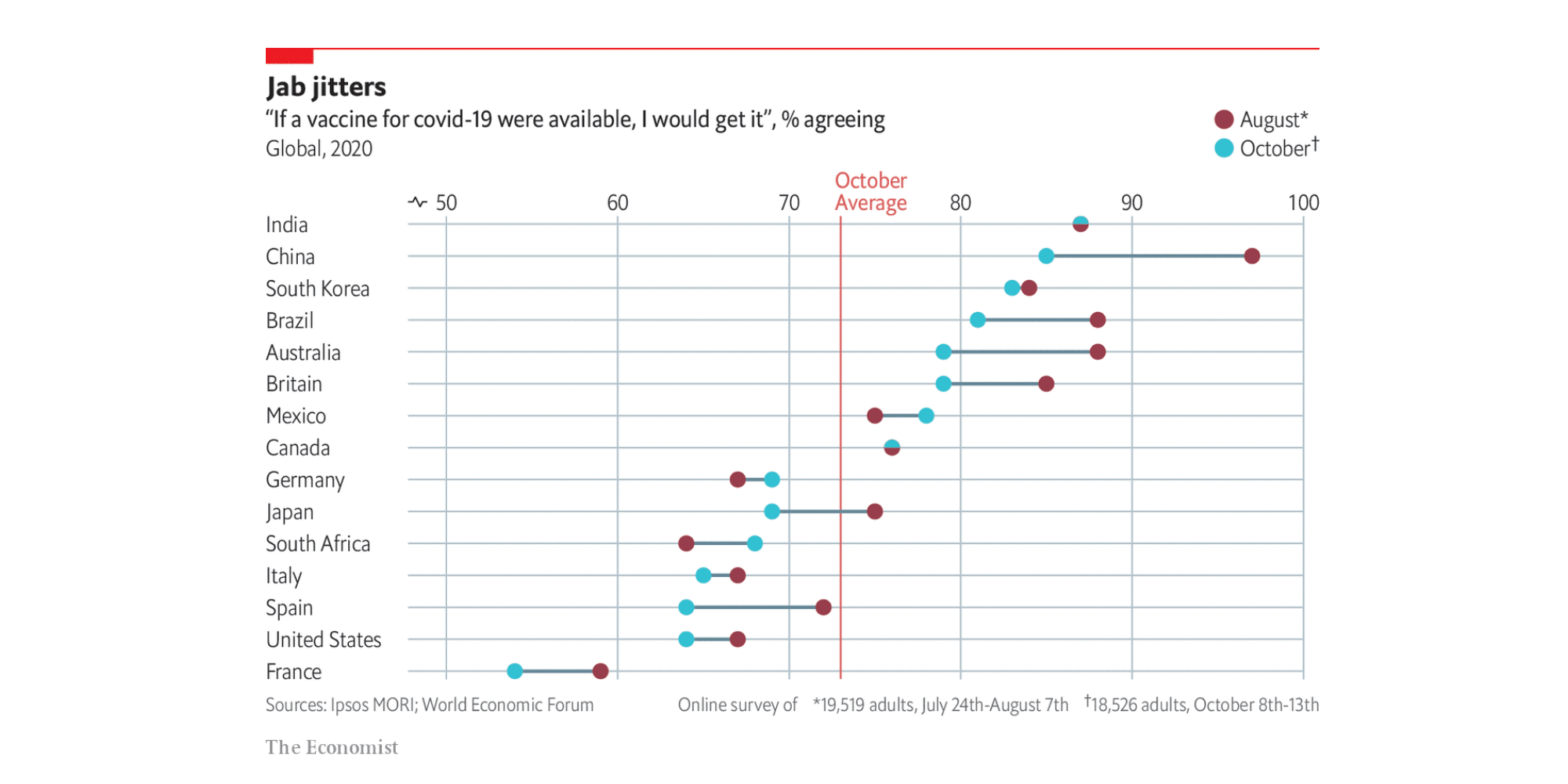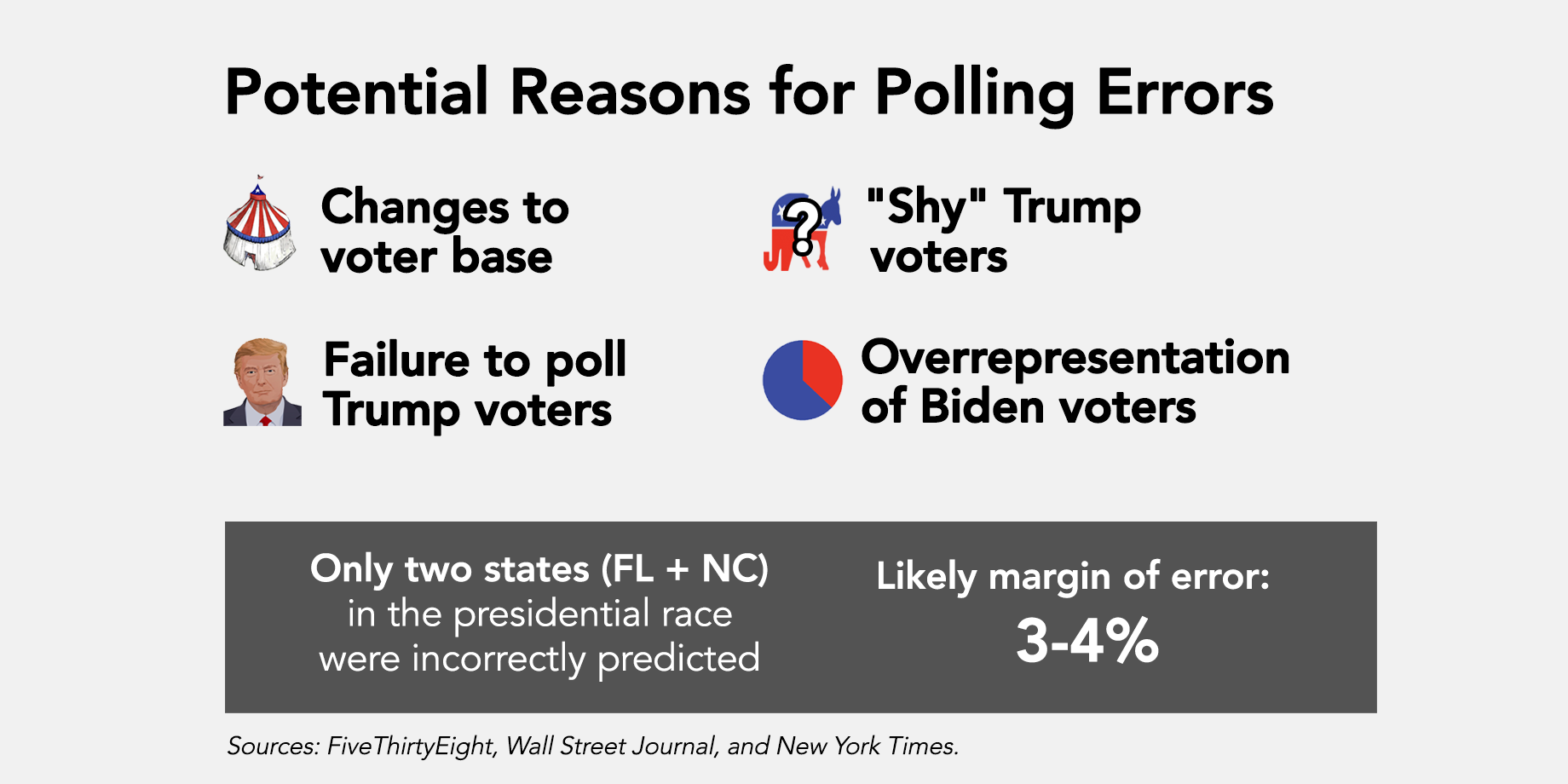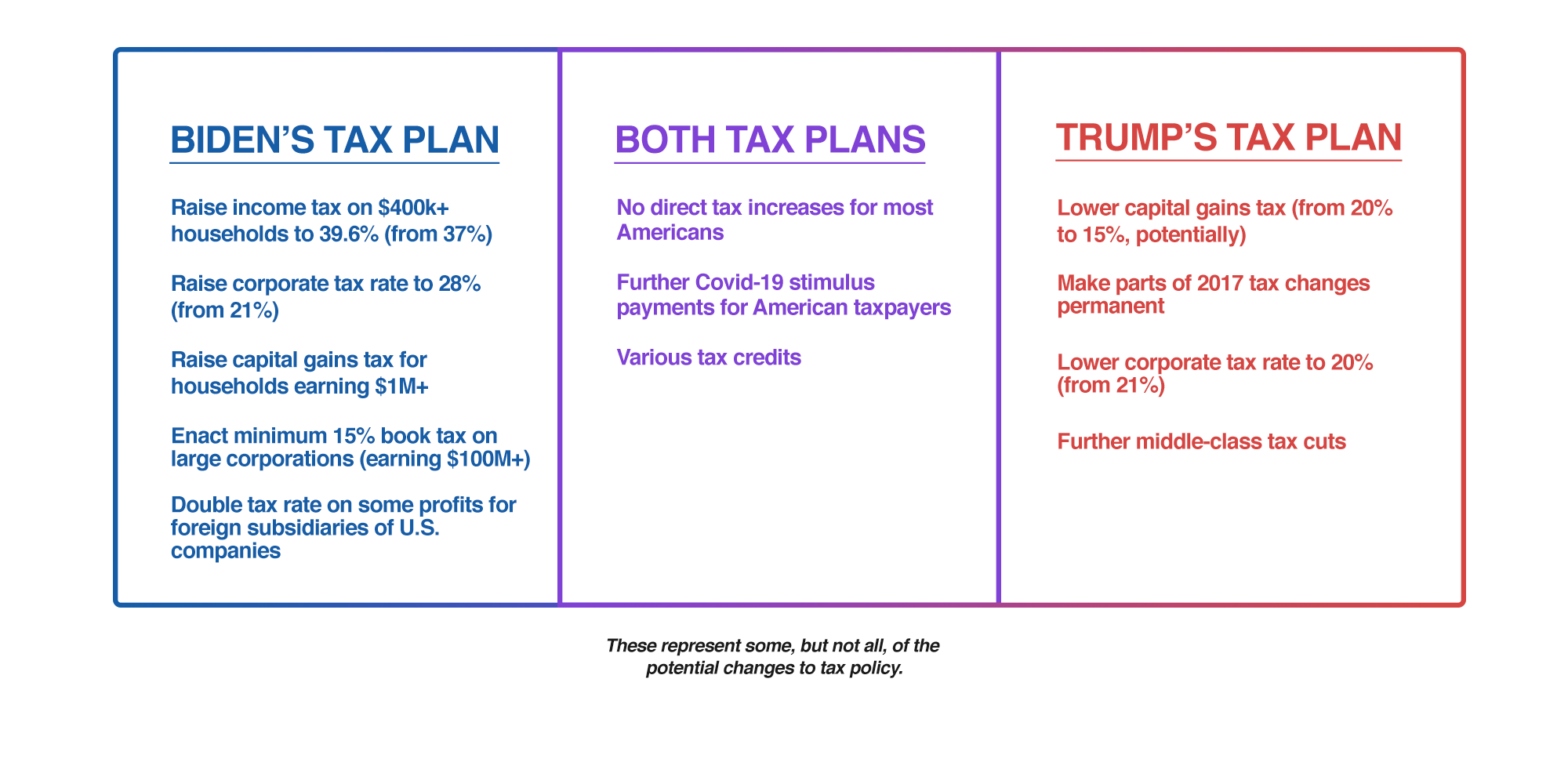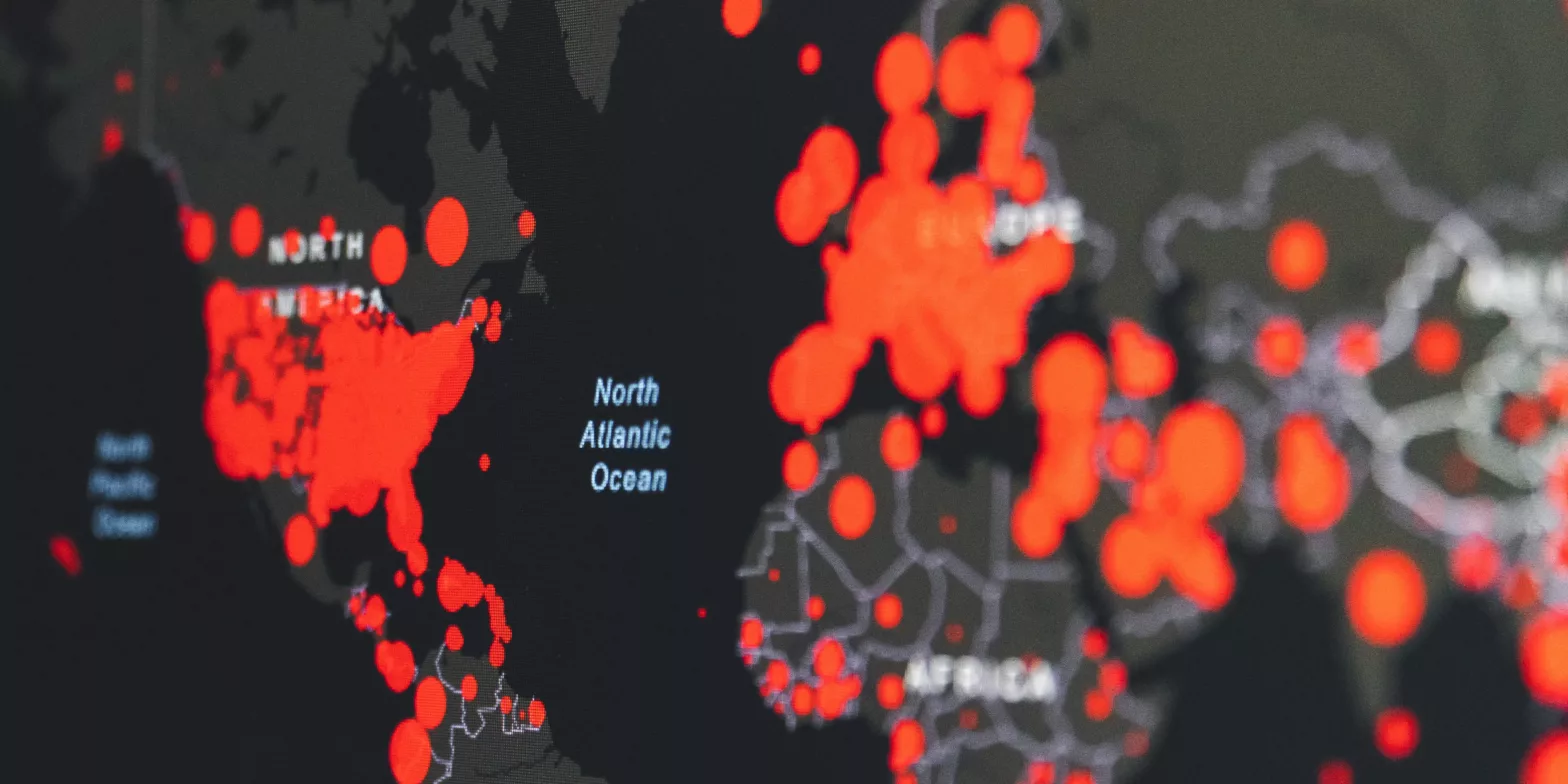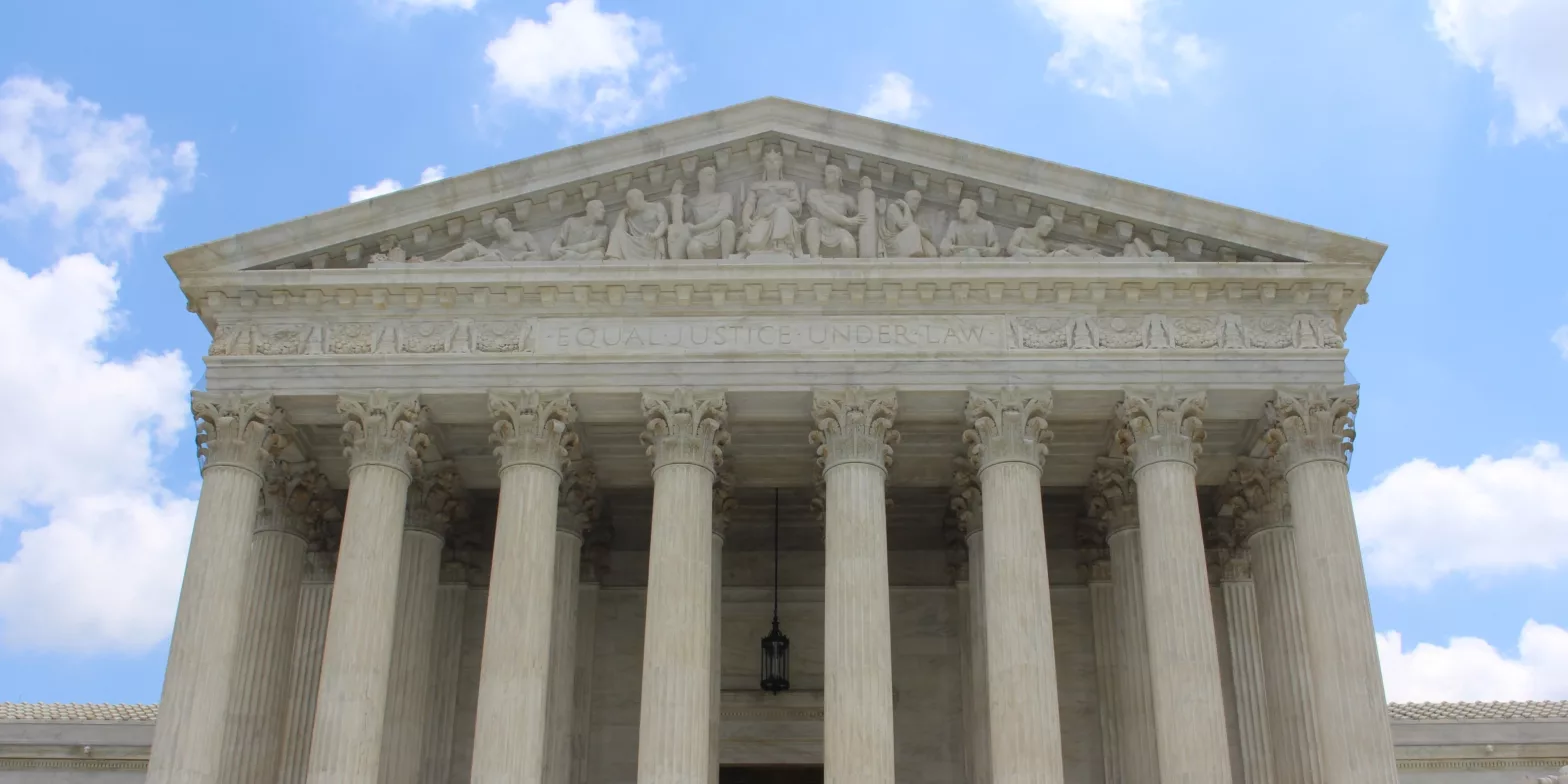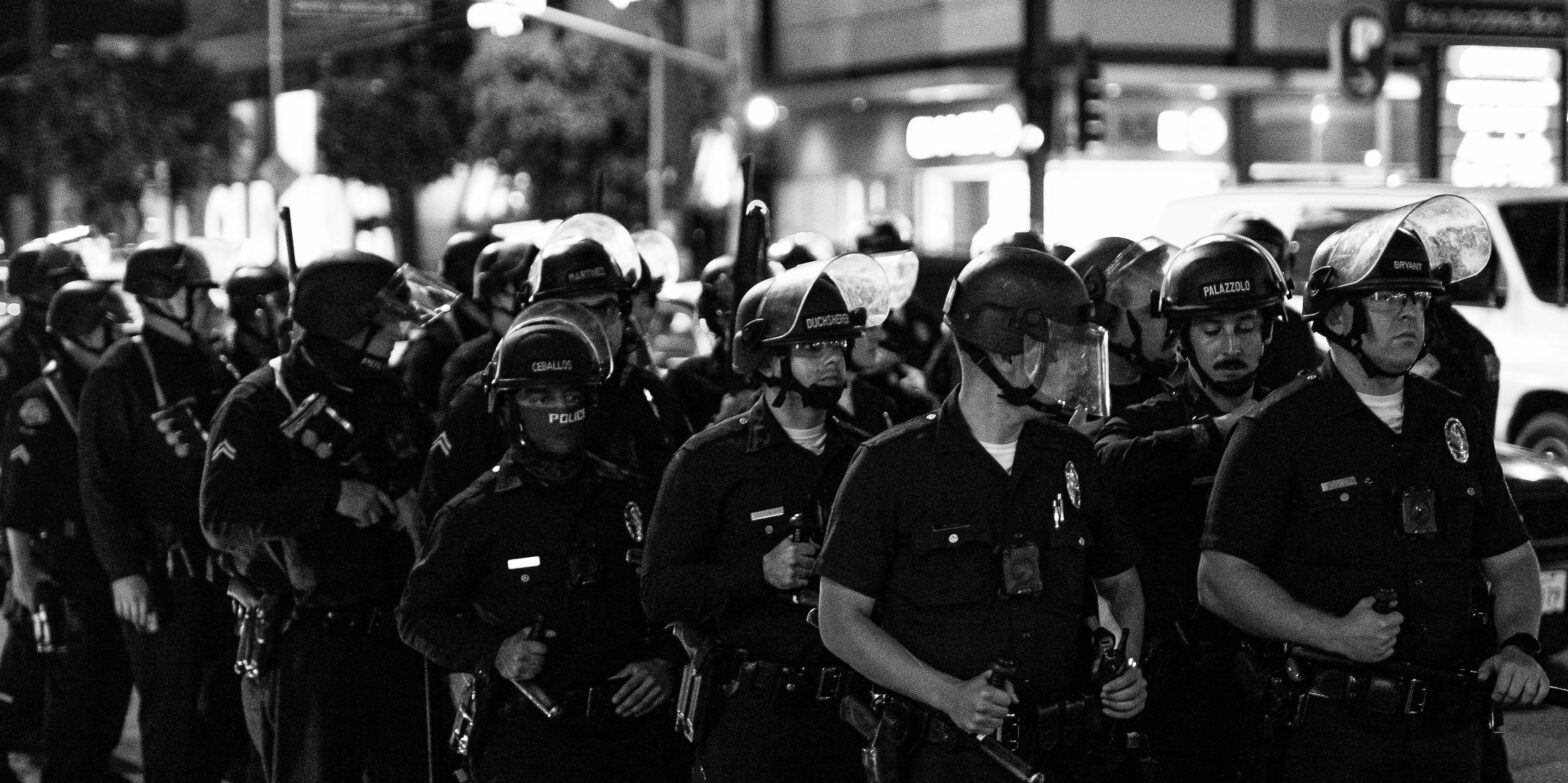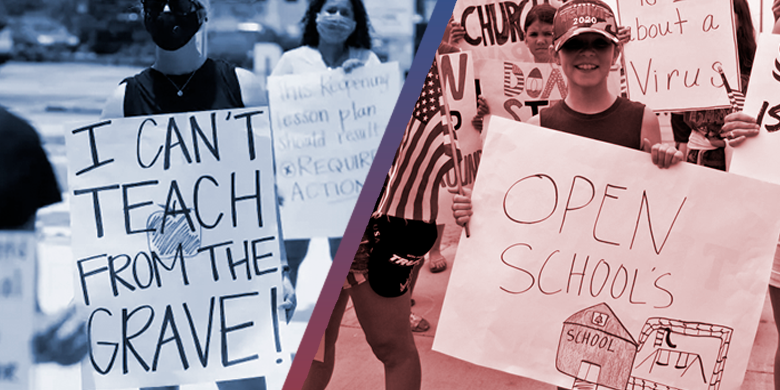Growing skepticism of Covid-19 vaccination may complicate the roll out of two new vaccines, but the federal government and states may have some tools to bring to bear.
Category Archives: Divisive Topics
Why Were the Polls Wrong?
Pollsters tried hard to correct errors made in 2016, but 2020 was even worse. Many are now looking for an explanation.
How Will Trump and Biden’s Tax Plans Affect Americans?
The two opposing tax plans carry different rationales for what drives economic growth, but most Americans won’t see a tax increase, regardless of who wins.
The Covid Comeback: What’s Different This Time?
Looking globally, one can see that relaxing Covid-19 measures too far can spur a rapid return for the virus. In many other countries, it already has.
The Supreme Court Upheaval: Analysis Across the Political Spectrum
Who are President Trump’s likely nominees? Is this nomination process unprecedented? How might a conservatively-skewed court influence key issues like abortion rights and healthcare?
Is Climate Change Responsible for This Season’s Wildfires?
Between poor land management, changes in human behavior, and a warming climate, humans can blame themselves for this season’s wildfires.
Are the Police Systemically Racist?
The Factual explores the issue of systemic racism in the police, from its definition, to the evidence of its existence, to its skeptics, to the steps necessary to better understand the issue and how to address it.
Deciphering the News About the U.S. Postal Service
While the prevailing notion on the right is that this is much ado about nothing, on the left, alarm bells continue to ring. For now, voters, like the USPS, are left to muddle through.
Was the Media Biased in its Coverage of Covid-19 Outbreaks in Red and Blue States?
Data from The Factual finds no evidence of a right-left imbalance in coverage of Covid-19 spikes this summer in California, Florida, Texas, and Arizona.
Back to School: The Search for Consensus on When and How to Reopen
The disagreement helps explain support for localized discretion for opening schools, since the real risk is a function of how prevalent the disease is in a community, not simply whether children themselves are susceptible.

